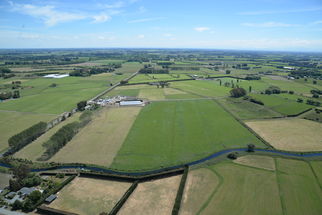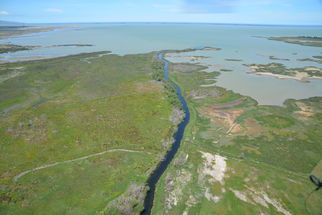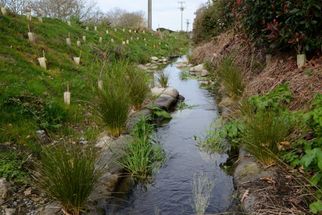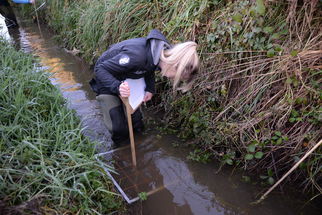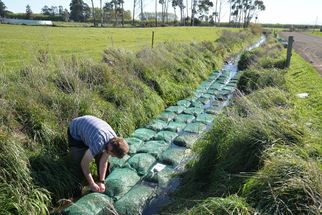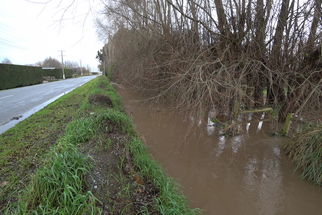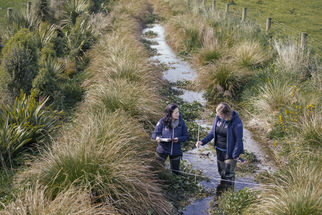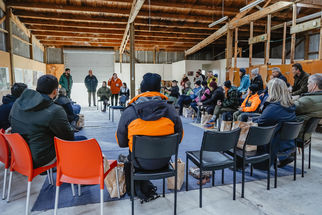
Site Evaluation Reports
A detailed evaluation of the activities, outcomes and lessons from each of the Living Water sites
The Ararira/LII River is a significant spring-fed tributary of Te Waihora/Lake Ellesmere, New Zealand’s fifth largest lake and an important wetland ecosystem. Te Waihora has special significance to Ngāi Tahu as a tribal taonga representing a major mahinga kai and an important source of mana.
Unique features of this catchment include headwater springs, an extensive network of drains and waterways, and two wetland areas – Yarrs Flat and Tārerekautuku/Yarrs Lagoon. The catchment’s network of highly modified waterways and remnant wetlands provide some habitat for native fish, bird and plant species although it is severely degraded.
In the Ararira-LII River catchment there has been a significant loss of wetland, freshwater ecosystems and lowland habitat. Water quality is degraded due to high levels of suspended sediment, nutrients (phosphorus) and faecal coliforms. Much of this has been caused by various productive land uses in the catchment and modification of the waterway, wetland and lagoon hydrology for drainage purposes.
Living Water’s key focus was transforming the drain and water network into a healthy freshwater ecosystem in this productive agricultural landscape.
A detailed evaluation of the activities, outcomes and lessons from each of the Living Water sites
A round-up of all the mahi from the Ararira/LII catchment as at July 2022
Download our catchment map in high or low resolution
Trialling a catchment wide approach to managing drains and waterways
Trialling ways to improve the habitat of a roadside drain
How we're working with mana whenua
Trialling a range of on-farm mitigation tools to reduce the impact of nutrients and sediments on waterways
Restoring the lake edge of Te Waihora/Lake Ellesmere
Building capacity for biodiversity


